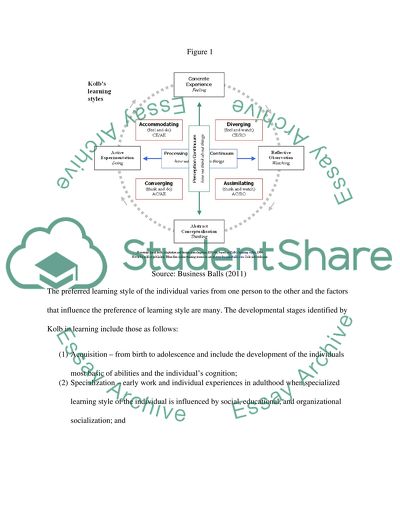Cite this document
(“Experiential learning as posited in the work of Kolb and other Assignment”, n.d.)
Retrieved de https://studentshare.org/nursing/1391374-experiential-learning-as-posited-in-the-work-of-kolb-and-other-scholars
Retrieved de https://studentshare.org/nursing/1391374-experiential-learning-as-posited-in-the-work-of-kolb-and-other-scholars
(Experiential Learning As Posited in the Work of Kolb and Other Assignment)
https://studentshare.org/nursing/1391374-experiential-learning-as-posited-in-the-work-of-kolb-and-other-scholars.
https://studentshare.org/nursing/1391374-experiential-learning-as-posited-in-the-work-of-kolb-and-other-scholars.
“Experiential Learning As Posited in the Work of Kolb and Other Assignment”, n.d. https://studentshare.org/nursing/1391374-experiential-learning-as-posited-in-the-work-of-kolb-and-other-scholars.


